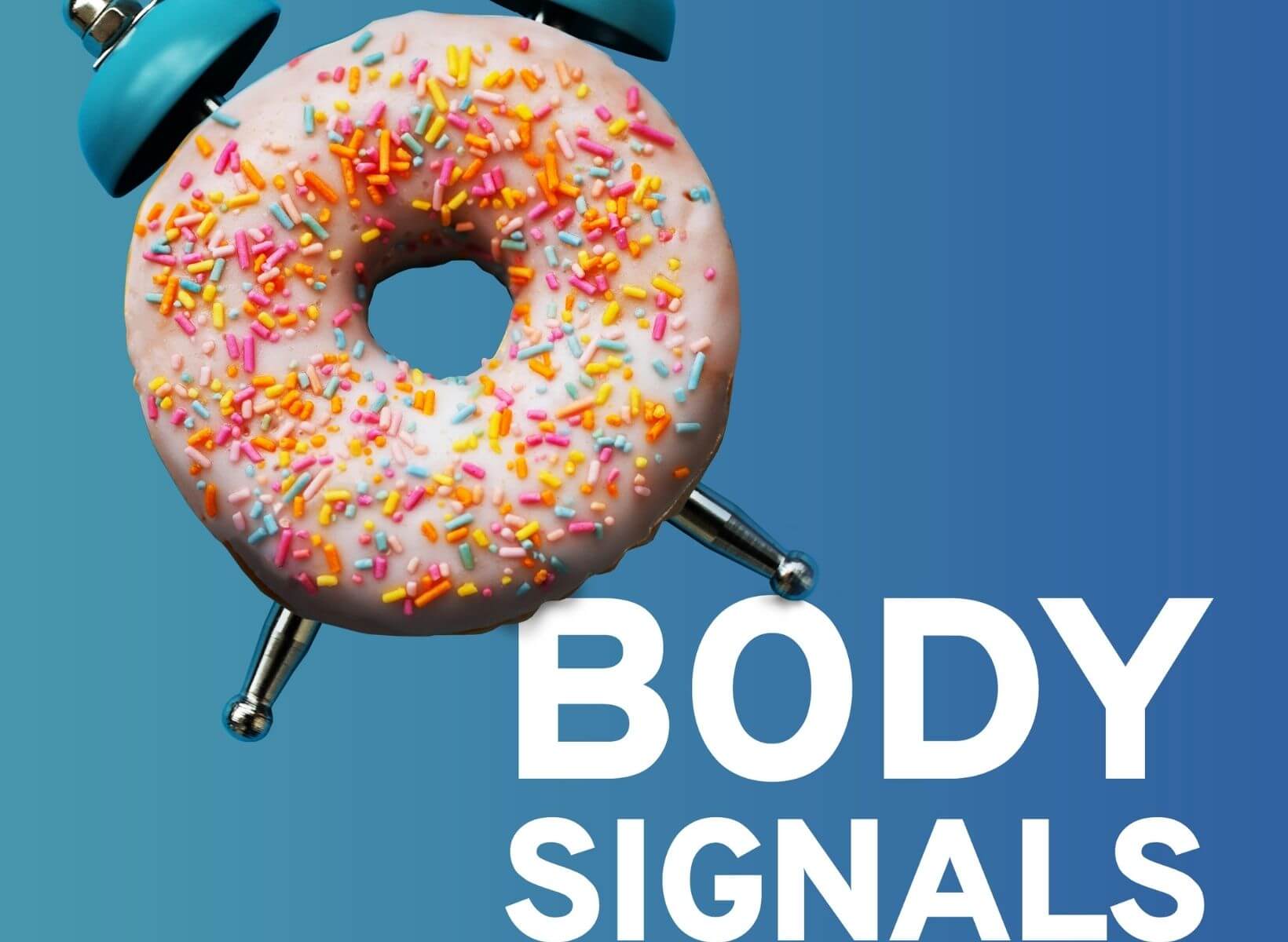In the hustle and bustle of modern life, it's easy to become deeply focused on computer work, driving in the car, or doing household chores without thinking about your posture. Yet, beneath the surface, our posture is crucial in maintaining optimal health and well-being.
Proper posture aligns the body's musculoskeletal structure, reducing strain on muscles, joints, and ligaments. This alignment enhances physical comfort while mitigating the risk of chronic pain conditions such as backaches, neck stiffness, headaches, and athletic injuries. Moreover, recent research underscores the profound impact of posture on mental and emotional wellness, suggesting that an upright stance can bolster confidence, mood stability, and even cognitive function, making it clear that good posture is not merely a matter of appearances but a cornerstone of holistic health.1, 2
On the flip side, the ramifications of poor posture extend far beyond physical discomfort. Prolonged slouching or hunching can lead to structural imbalances, compromising the body's ability to function optimally.3, 4 Over time, these imbalances may exacerbate existing health issues or contribute to the development of new ones, ranging from chronic pain to digestive problems to cardiovascular strain.5 Beyond the physiological realm, posture influences how we perceive ourselves and how others perceive us, shaping our interactions and self-image.6 In essence, how we carry ourselves reflects not only our physical habits but also our mental and emotional states. This article highlights the benefits of focusing on full body alignment with a list of exercises to help establish good posture as soon as possible. I have a hunch you’ll find this article incredibly insightful. Pun intended.
{{mid-cta}}
The Importance of Good Posture
Good posture refers to the body's alignment in a position that maintains the natural curvatures of the spine, with the head, shoulders, and hips stacked on top of one another. It is more than just “standing up tall” or “sitting up straight.” It involves distributing body weight evenly, engaging core muscles to support the spine, and keeping the body balanced and stable during movement and at rest.
Proper alignment is the foundation for optimal balance, strength, and flexibility, playing a pivotal role in the body's overall functionality. It creates a natural core for the body's center of gravity, facilitating stability and equilibrium during everyday tasks and physical activity. When the body maintains proper alignment, muscles work more efficiently, reducing overuse or strain on smaller or antagonist muscle groups and enhancing overall strength.
For example, allowing the lower back muscles to round excessively during a deadlift or a squat will likely lead to poor performance and an injury. Finding a neutral spinal position balances muscle engagement, improves physical performance, and lowers the risk of injury by evenly distributing forces across the body. Lastly, another aspect of healthy movement supported by good posture is flexibility, or the ability of the joints and muscles to move through their full range of motion. When the body is properly aligned, muscles and ligaments move more freely, allowing for a feel-good flow of your extremities and spine. Setting yourself up with slouched shoulders or a rounded lower back can lead to tightness and stiffness in muscles and joints, limiting mobility and increasing the likelihood of discomfort during movement.
Good posture is the cornerstone of balance, strength, and flexibility. It goes beyond aesthetics, providing a solid framework for optimal physical performance and long-term musculoskeletal health. Fostering better alignment - physically and mentally - can start today with simple exercises to increase postural awareness and muscle engagement.
<p class="pro-tip"><strong>Also Related: </strong><a href="anaerobic-exercise">14 Health Benefits of Anaerobic Exercise</a>.</p>
13 Safe Exercises to Improve Back Posture

It’s time to get out of your chair and move your body! The best exercises for improving posture target key postural muscle groups, such as the core, back, glutes, hips, and shoulders, aiming to strengthen and stretch them to support proper alignment. By incorporating these exercises into your daily movement routine, you can actively improve posture, alleviate discomfort, and cultivate a strong foundation for overall physical well-being.
- Cat-Cow: Start on all fours with a neutral spine. Inhale as you arch your back, dropping your belly towards the floor and lifting your head and tailbone (Cow). Exhale as you round your spine, tucking your chin to your chest and pressing through your hands and knees (Cat). This exercise improves spinal mobility and flexibility.
- Chest Opener Stretch: Stand tall with your feet hip-width apart. Interlace your fingers behind your back and straighten your arms while lifting your chest and squeezing your shoulder blades together. Hold for 15-30 seconds. This stretch opens the chest and shoulders, counteracting the effects of slouching.
- Waxing: Lie face down with your arms extended overhead and palms facing up. Lift your chest and arms off the ground while keeping your gaze down. Squeeze your shoulder blades together and hold for a few seconds before lowering back down. This exercise strengthens the muscles of the upper back, core, and neck.
- Thoracic Extension: Sit in a chair with your back against the backrest, your knees bent and your feet flat. Place your hands behind your head with your elbows pointing out to the sides. Arch your upper back backward over the top of the chair, lifting your chest towards the ceiling. Hold for a few seconds before returning to the starting position. This exercise helps to counteract forward-leaning postures by opening up the chest and upper spine.
- Chin Tuck: Sit or stand with your spine straight, a forward head posture, and shoulders relaxed. Gently draw your chin back, creating a double chin appearance while keeping your gaze forward. Hold for a few seconds, then release. This exercise will lengthen and strengthen the neck muscles and promotes proper alignment of the head and neck.
- Shoulder Blade Squeeze: Sit or stand with your arms by your sides. Slowly squeeze your shoulder blades together, as if trying to hold a pencil between them. Hold for a few seconds, then release. Repeat for 10-15 repetitions. This exercise strengthens the muscles responsible for retracting the shoulder blades, promoting better posture and shoulder stability.
- High Plank: Start in a push-up position with your hands directly under your shoulders and your body forming a straight line from head to heels. Engage your core muscles and hold for 20-60 seconds. This exercise strengthens the entire core, including the muscles that support the spine, contributing to better posture.
- Isometric Abdominal Press: Lay on the floor with your knees and hips bent at 90-degree angles (a.k.a reverse table top position). Placing your hands on your thighs, press your palms into your thighs while simultaneously pressing your thighs up into your palms. You should feel your abdominal muscles engaging. Hold for 5 to 10 seconds, then release and repeat for 10 repetitions. This exercise activates the abdominal muscles, which are essential for maintaining good posture and supporting the spine.
- Bent-Knee Supine Twist: Lie on your back with your knees bent and feet flat on the floor. Extend your arms out to the sides in a T position. Gently lower your knees to one side while keeping your shoulders grounded. Hold for a few breaths, then return to center and repeat on the other side. This stretch helps to release tension in the spine and improve spinal rotation, which can contribute to better posture.
- Wall Angel: Stand with your back against a wall and your feet a few inches away. Bend your elbows to 90 degrees and press them against the wall. Slowly slide your arms up the wall while keeping your elbows and wrists in contact with the wall. Then, lower them back down. This exercise strengthens the muscles of the upper back and shoulders, promoting better posture.
- Half-Kneeling Thoracic Rotation: Begin in a half-kneeling position with one knee on the ground and the other foot planted in front, forming a 90-degree angle at the knee. Place your hands behind your head or interlace your fingers in front of you. Keeping your hips stable, rotate your upper body towards the side of your front leg. Hold for a moment, then return to the starting position and repeat on the other side. This exercise improves thoracic spine mobility, which can aid in achieving better posture and reducing upper body stiffness.
- Theraband Rows: Anchor a resistance band at waist height. Hold one end in each hand with your arms extended in front of you. Pull the band towards your body, bending your elbows and squeezing your shoulder blades together. Slowly return to the starting position. This exercise targets the muscles of the upper back and shoulders, helping to improve posture and upper body strength.
- Standing Hip Flexor Stretch: Stand tall with one foot forward and the other foot back, keeping both feet facing forward. Engage your core and gently shift your weight forward, bending your front knee while keeping your back leg straight. You should feel a stretch in the front of your back hip. Hold for 20-30 seconds, then switch sides. This stretch helps alleviate tightness in the hip flexors, which can contribute to poor posture and low back discomfort.
6 Best Tips For Correcting Your Posture
As our lives are filled with prolonged sitting, hunching over screens, and driving long distances, maintaining proper posture can often be challenging especially when we feel tired. However, with simple adjustments and exercise, it's entirely possible to correct bad posture and reap the benefits of improved musculoskeletal health. Here are some practical techniques to help you cultivate better posture habits and alleviate discomfort associated with postural issues.
- Understand Your Posture: Take time to assess your current posture, identifying any areas of imbalance or discomfort. This awareness will guide targeted exercises and the specific adjustments needed.
- Set Realistic Goals: Establish achievable objectives based on your capabilities and needs. This prevents frustration and encourages steady progress in correcting your posture over time.
- Get the Proper Equipment: Invest in ergonomic furniture, supportive pillows, and exercise tools that promote proper posture. Quality equipment can greatly enhance your ability to maintain good posture, especially during prolonged periods of sitting or standing.
- Consistency Is Key: Commit to consistently practicing good posture habits and adding extra movement throughout your day. Consistency reinforces positive habits and ensures long-term success.
- Create Your Own Routine: Develop a personalized routine that includes regular stretching and exercises done throughout the day. Customizing your routine increases its effectiveness and makes it easier to integrate into your daily life.
- Track Tour Progress: Keep track of your posture improvements over time by documenting your efforts through photos, journaling, and attention to comfort. Tracking progress provides valuable feedback and motivation to stay dedicated to your posture correction journey.
Learn More About How to Improve Blood Sugar Health With Signos’ Expert Advice
If you have more questions on improving your health, fitness, and nutrition, seek the expert advice of the Signos continuous glucose monitor and Signos team. A continuous glucose monitor (CGM) can give you the insights to make smarter nutrition and exercise choices. The Signos app provides a unique, personalized program to help you lose weight and reach your health goals. Take this quiz to see if Signos is a good fit for you and reach your goals faster than ever before.
<p class="pro-tip"><strong>Learn More: </strong><a href="yoga-for-back-pain">Yoga For Back Pain: Best Poses To Reduce Discomfort</a>.</p>
- Item 1
- Item 2
- item 3
Topics discussed in this article:
References
- Veenstra, L., Schneider, I. K., & Koole, S. L. (2017). Embodied mood regulation: the impact of body posture on mood recovery, negative thoughts, and mood-congruent recall. Cognition and Emotion, 31(7), 1361-1376.
- Wilkes, C., Kydd, R., Sagar, M., & Broadbent, E. (2017). Upright posture improves affect and fatigue in people with depressive symptoms. Journal of behavior therapy and experimental psychiatry, 54, 143-149.
- Wong, K. C., Lee, R. Y., & Yeung, S. S. (2009). The association between back pain and trunk posture of workers in a special school for the severe handicaps. BMC musculoskeletal disorders, 10, 1-8.
- Kado, D. M., Huang, M. H., Barrett-Connor, E., & Greendale, G. A. (2005). Hyperkyphotic posture and poor physical functional ability in older community-dwelling men and women: the Rancho Bernardo study. The Journals of Gerontology Series A: Biological Sciences and Medical Sciences, 60(5), 633-637.
- Wang, H., Gao, X., Shi, Y., Wu, D., Li, C., & Wang, W. (2022). Effects of trunk posture on cardiovascular and autonomic nervous systems: A pilot study. Frontiers in Physiology, 13, 1009806.
- Fodoreanu, F. M. (2016). Body posture and motivation: How they relate to anxiety, self-regulation, and self-efficacy among young adults. Alliant International University.












.jpg)



















